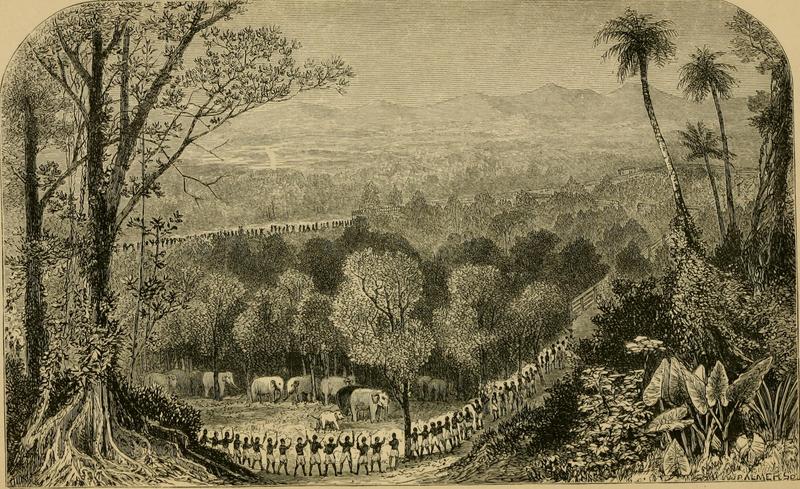|
| Query: asian elephant | Result: 135th of 275 | |
Sri Lankan elephant (Elephas maximus maximus)
| Subject: | Sri Lankan elephant (Elephas maximus maximus)
| | Poster: | Wiki Photos (---@---.---)
| |

| Resolution: 3072x1878
File Size: 1501710 Bytes
Upload Date: 2017:03:23 17:32:18
|
Title: Sketches of the natural history of Ceylon : with narratives and anecdotes illustrative of the habits and instincts of the mammalia, birds, reptiles, fishes, insects, &c. : including a monograph of the elephant and a description of the modes of capturing and training it with engravings from original drawings
Year: 1868 (1860s)
Authors: Tennent, James Emerson, Sir, 1804-1869 Metcalf Collection (North Carolina State University). NCRS
Subjects: Zoology Elephants
Author James Emerson Tennent, Sir, 1804-1869; Metcalf Collection (North Carolina State University). NCRS
Source: https://commons.wikimedia.org/wiki/File:Sketches_of_the_natural_history_of_Ceylon_-_with_narratives_and_anecdotes_illustrative_of_the_habits_and_instincts_of_the_mammalia,_birds,_reptiles,_fishes,_insects,_%26c._-_including_a_monograph_of_the_(14749673645).jpg
The Sri Lankan elephant (Elephas maximus maximus) is one of three recognized subspecies of the Asian elephant, and native to Sri Lanka. Elephas maximus maximus is the type subspecies of the Asian elephant, first described by Carl Linnaeus under the binominal Elephas maximus in 1758. |
^o^
Animal Pictures Archive for smart phones
^o^
|
|